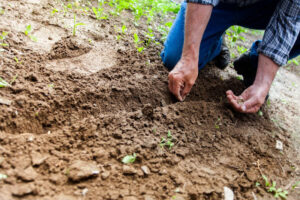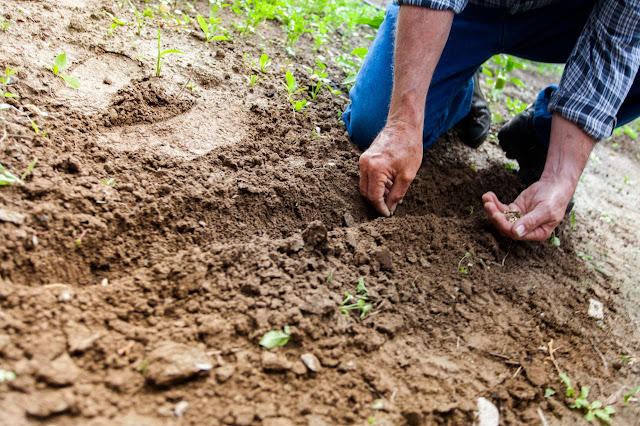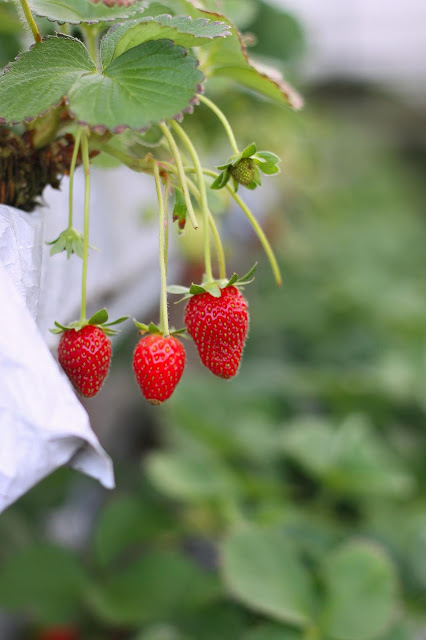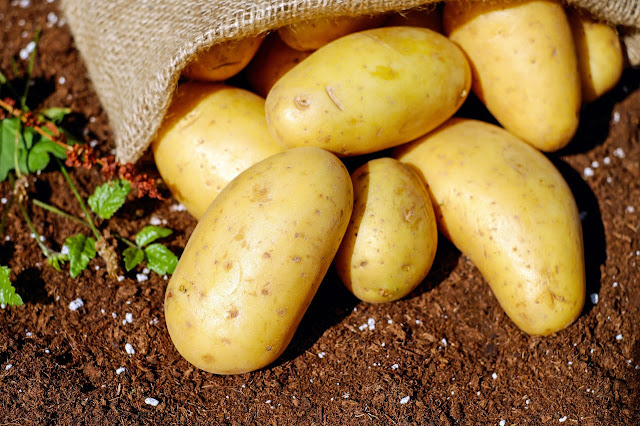Introduction
Embark on a journey of water-wise gardening by learning how to create a drought-tolerant garden with succulents and grasses. In regions prone to water scarcity, cultivating a garden that thrives with minimal irrigation is not just environmentally responsible; it’s a celebration of resilient and stunning plant life. In this guide, we’ll explore the steps to establish a garden that embraces the beauty of drought-tolerant succulents and grasses.
Planting the Seeds of Water-Wise Beauty: Creating a Drought-Tolerant Garden
Creating a drought-tolerant garden is not just about gardening; it’s a celebration of:
Advantages of a Drought-Tolerant Garden
- Water Conservation: Drought-tolerant plants require less water, promoting responsible water usage.
- Low Maintenance: Once established, these plants often require minimal care, making them ideal for busy gardeners.
- Year-Round Appeal: Many succulents and grasses provide evergreen foliage and unique textures, ensuring year-round visual interest.
Planting the Seeds of Drought-Tolerant Success: Practical Tips for Your Garden
1. **Selecting Drought-Tolerant Plants
- Succulents: Choose a variety of succulents such as agave, aloe, sedum, and echeveria known for their water-storing capabilities.
- Grasses: Opt for ornamental grasses like fountain grass, muhly grass, or blue fescue, which are adapted to arid conditions.
2. **Choosing the Right Location
- Sunlight Requirements: Drought-tolerant plants generally thrive in full sun. Ensure they receive at least 6 hours of direct sunlight daily.
- Well-Drained Soil: Plant in well-drained soil to prevent waterlogged conditions that can harm drought-tolerant plants.
3. **When to Plant Drought-Tolerant Plants
- Spring or Fall Planting: Plant succulents and grasses in the spring or fall to allow them time to establish before extreme temperatures.
FAQs: Navigating the Drought-Tolerant Garden Journey
Q: Do succulents need a lot of sunlight?
A: Yes, most succulents thrive in full sunlight. However, some can tolerate partial shade. Check the specific sunlight requirements for each variety.
Q: How often should I water my drought-tolerant garden?
A: Water sparingly. Drought-tolerant plants prefer infrequent but deep watering. Allow the soil to dry out between watering sessions.
Q: Can I combine succulents and grasses in the same garden?
A: Absolutely! The contrasting textures and forms of succulents and grasses create a visually appealing and water-wise landscape.
Cultivating Drought-Tolerant Beauty: Steps for Your Garden
1. **Planting Drought-Tolerant Plants
- Arrangement: Design your garden, considering the height and texture of each plant. Create groupings for visual impact.
- Spacing: Allow sufficient space between plants to avoid overcrowding and promote air circulation.
2. **Watering and Mulching
- Deep Watering: Water deeply but infrequently. Allow the soil to dry out between watering sessions to encourage drought tolerance.
- Mulching: Apply a layer of mulch around plants to retain soil moisture and suppress weeds.
3. **Pruning and Maintenance
- Pruning Succulents: Remove dead or damaged leaves to maintain the health and appearance of succulents.
- Dividing Grasses: Periodically divide grasses to rejuvenate them and control their size.
DIY Drought-Tolerant Garden Project: Embracing Water-Wise Beauty
Elements:
- Drought-tolerant succulents (agave, aloe, sedum, echeveria)
- Ornamental grasses (fountain grass, muhly grass, blue fescue)
- Well-drained soil
- Mulch
- Decorative rocks or gravel (optional)
Instructions:
- Planning Your Garden:
- Choose a sunny location with well-drained soil. Plan the layout, considering the height and texture of each succulent and grass.
- Planting Drought-Tolerant Plants:
- Dig individual holes for each plant, placing them at the recommended depth. Arrange in clusters for visual appeal.
- Watering and Mulching:
- Water deeply after planting, then allow the soil to dry out before the next watering. Mulch around plants to conserve moisture.
- Pruning and Maintenance:
- Remove dead or damaged leaves from succulents. Divide grasses periodically to maintain their health and appearance.
- Optional Decorative Touch:
- Enhance the aesthetic by adding decorative rocks or gravel around plants, providing a cohesive and visually appealing look.
Conclusion: Embracing the Beauty of Water-Wise Gardening
Congratulations, water-wise gardener! You’ve successfully learned how to create a drought-tolerant garden with succulents and grasses, celebrating the beauty of resilient and low-maintenance plant life. Your garden is now more than just a collection of flora; it’s a sustainable oasis and a testament to the artistry of water-wise gardening.
In this guide, we’ve explored the advantages of a drought-tolerant garden, provided practical tips, and inspired you with a DIY project. So, the next time someone asks, “How to Create a Drought-Tolerant Garden with Succulents and Grasses – where do I start?” You can confidently respond, “Select, arrange, conserve, and embrace the beauty of water-wise gardening.”
Now, envision the textural variety, the subtle hues, and the sustainable allure of your drought-tolerant garden. Happy gardening, and may your water-wise landscape thrive with the resilience of succulents and the grace of ornamental grasses!
Click here to learn more




